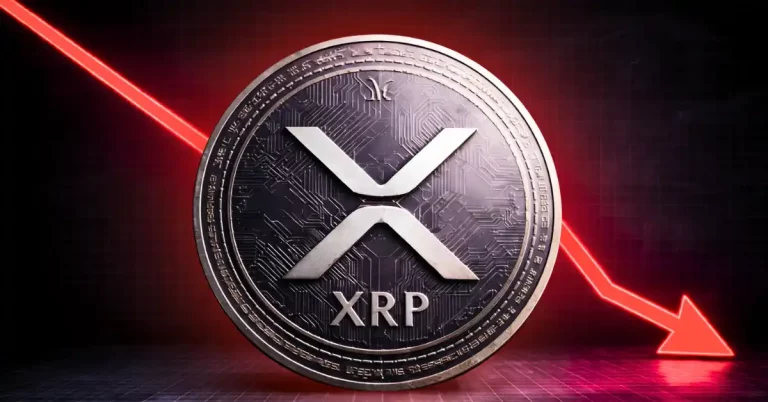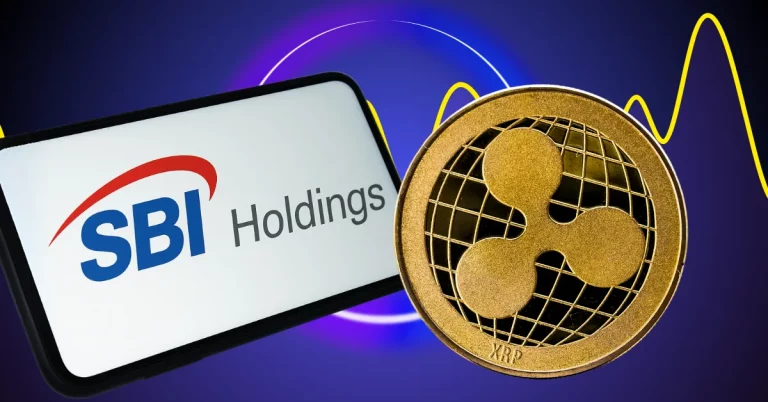
The Evolution of E-commerce by 2025: Trends and Innovations
The Evolution of E-commerce by 2025 has been a topic of interest for many, as the e-commerce industry has experienced rapid growth and transformation over the years. With the rise of digital technologies, online shopping has become an integral part of our daily lives. In this article, we will explore the evolution of e-commerce, current trends, and future innovations that will shape the industry by 2025.
Introduction to E-commerce
E-commerce, also known as electronic commerce, refers to the buying and selling of goods and services over the internet. The concept of e-commerce has been around since the 1960s, but it wasn’t until the 1990s that it gained popularity with the widespread use of the internet. Today, e-commerce is a multi-billion-dollar industry, with millions of online stores and marketplaces operating worldwide.
History of E-commerce
The history of e-commerce can be divided into several phases. The first phase began in the 1960s, when companies started using electronic data interchange (EDI) to facilitate transactions. The second phase started in the 1990s, with the emergence of online shopping platforms such as Amazon and eBay. The third phase, which began in the 2000s, saw the rise of social media and mobile commerce.
Current Trends in E-commerce
Currently, the e-commerce industry is experiencing several trends that are shaping its future. Some of these trends include:
- Mobile Commerce: With the increasing use of smartphones, mobile commerce has become a significant part of the e-commerce industry. Many online stores are now optimizing their websites for mobile devices to provide a seamless shopping experience.
- Social Media Integration: Social media platforms such as Facebook, Instagram, and Pinterest have become essential channels for e-commerce businesses to reach their target audience. Many online stores are now using social media to promote their products and engage with customers.
- Artificial Intelligence: Artificial intelligence (AI) is being used in e-commerce to personalize the shopping experience, improve customer service, and optimize inventory management. Many online stores are now using AI-powered chatbots to provide 24/7 customer support.
- Virtual and Augmented Reality: Virtual and augmented reality technologies are being used in e-commerce to provide an immersive shopping experience. Many online stores are now using these technologies to allow customers to try out products virtually before making a purchase.
Future Innovations in E-commerce
By 2025, the e-commerce industry is expected to experience several innovations that will shape its future. Some of these innovations include:
- Blockchain Technology: Blockchain technology is expected to play a significant role in e-commerce by 2025. It will provide a secure and transparent way to conduct transactions and manage inventory.
- Internet of Things (IoT): The IoT will connect devices and objects to the internet, allowing for a more personalized and seamless shopping experience. Many online stores will use IoT devices to track inventory and provide real-time updates to customers.
- 5G Network: The 5G network will provide faster and more reliable internet connectivity, enabling online stores to provide a smoother and more efficient shopping experience.
- Personalization: Personalization will become a key aspect of e-commerce by 2025. Online stores will use AI and machine learning algorithms to provide personalized product recommendations and offers to customers.
Conclusion
In conclusion, the evolution of e-commerce by 2025 will be shaped by several trends and innovations. From mobile commerce and social media integration to blockchain technology and the IoT, the e-commerce industry will continue to experience rapid growth and transformation. As technology advances, online stores will need to adapt to changing consumer behavior and provide a more personalized and seamless shopping experience.






